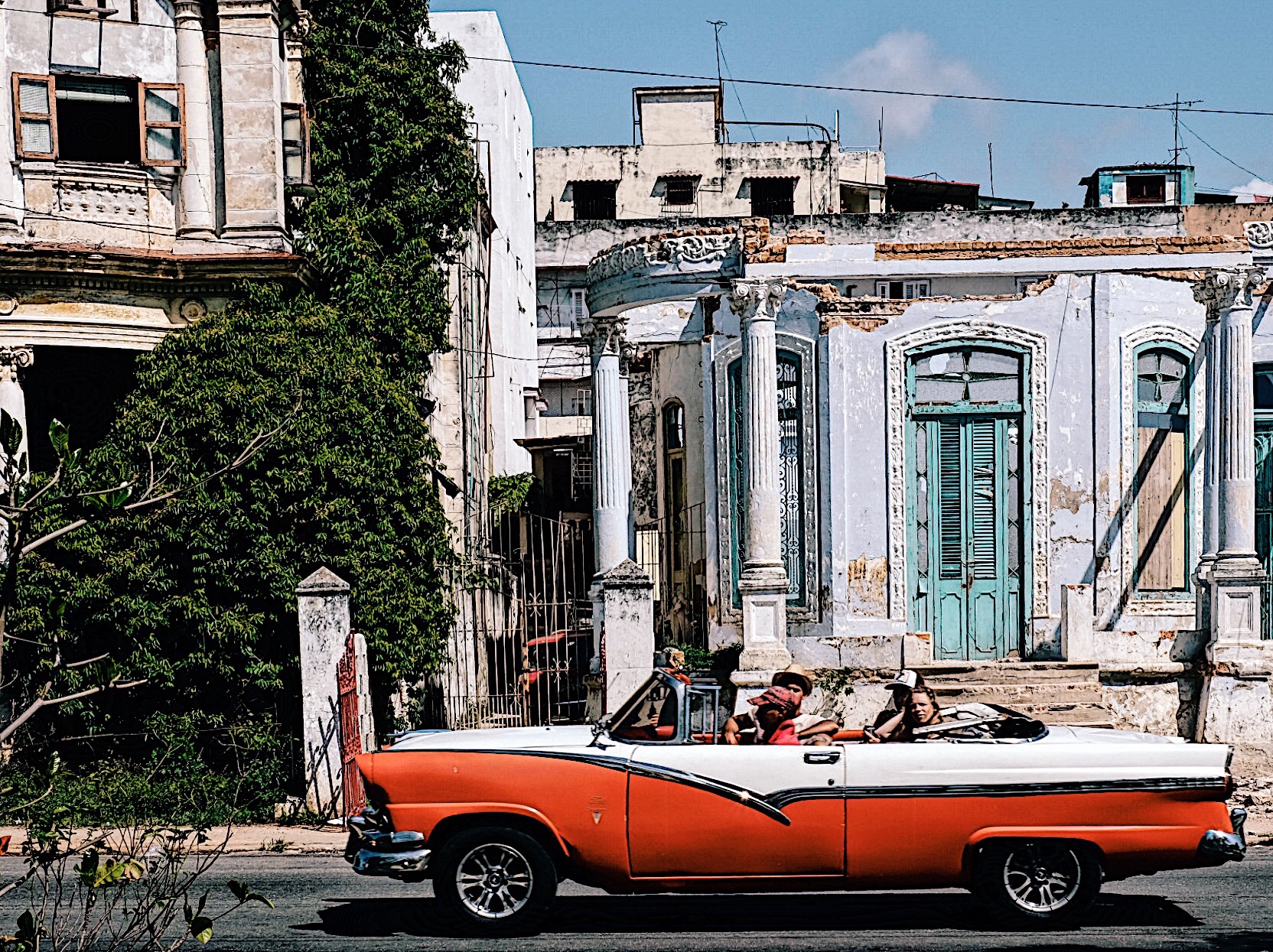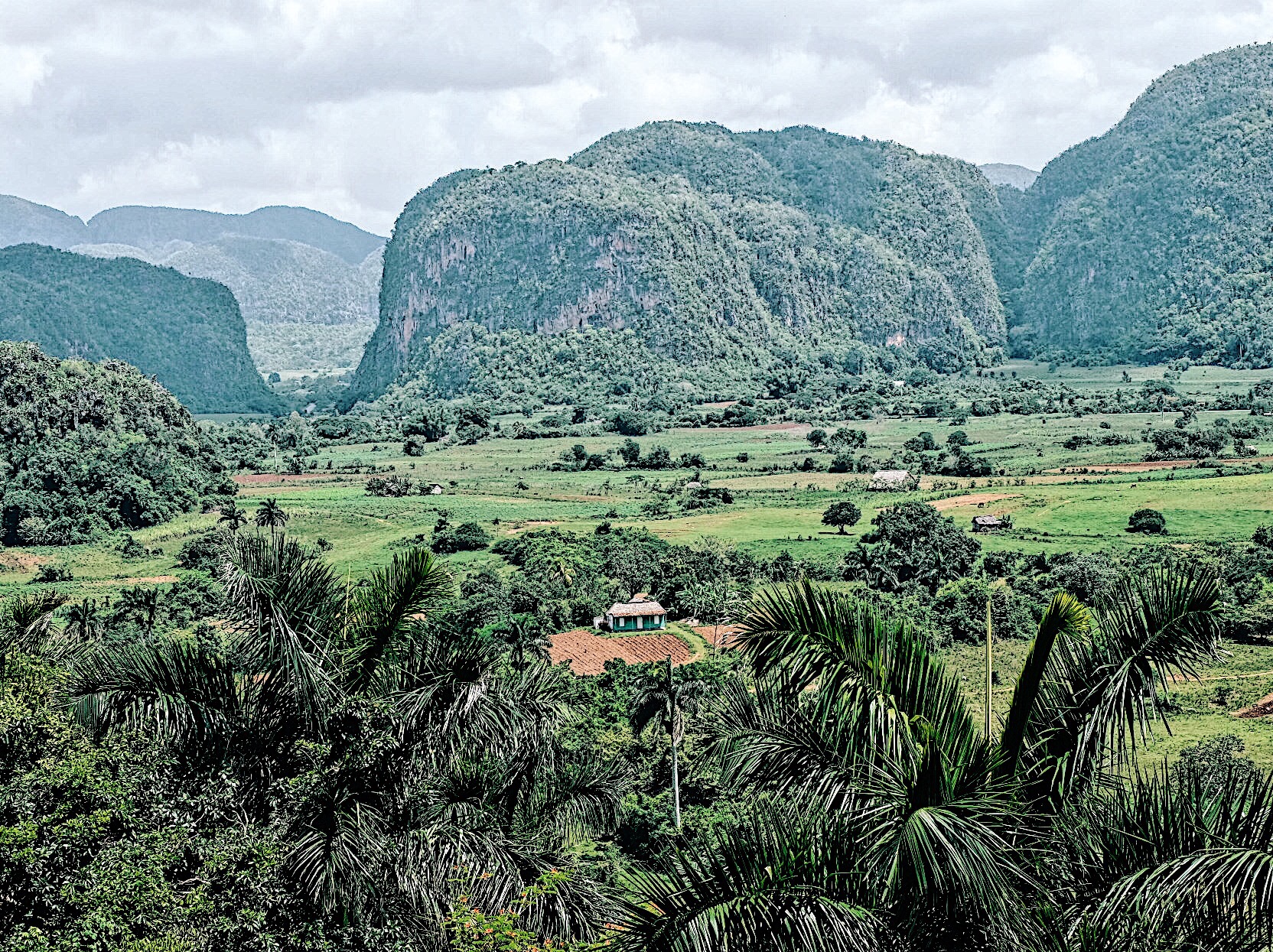Cuba







Flying over the narrow Atlantic strait between Miami and Cuba, I couldn’t get Dragon’s “April Sun in Cuba” out of my head. “Castro in the alleyway, talking ‘bout missile love / Talking ‘bout JFK and how he shook him up”. I was now about to find out just what that talk had cost Cuba.
Cuba is only just starting to open itself to tourism. It has been going on in a small way for years, limited to a few select types of tourism, and sanctions still in place mean it can be very difficult to organise travel. And yet, they come. Tour companies advise that Cuba hotels are booked solid for 3 months in advance in the high season. However, the city is opening almost every door to every room for the chance for a few extra pesos to supplement the rations and black market goods that Cubans survive on. This is a country of endemic poverty, but of surprising richness of both spirit and culture. It’s still a backpackers dream, where buses cost a few cents, rum not much more, and you can sleep in someone’s spare room for less than $10 a night.
Experienced and more well-heeled travellers looking for a seamless experience will encounter hiccups but this is a country in a state of flux, where almost everything is regulated by the State, and where tourism infrastructure is still in its infancy. “Cuba is surprising” became our refrain, and it is so true, in both good ways and bad. But that is what makes Cuba Cuba, and every day is an adventure.
We travelled with the best arrangements possible for Cuba – wonderful guides and drivers, a 55 Chevy on call for us in Havana, and an Audi A6 for our longer touring. Whilst we took endless instagrammable shots of Oldsmobiles, Buicks and Chevys, the locals crowded around the Audi with awe.
Restaurants, bars, paladors and Casas Particulares (homestays or apartments) were all chosen for us, with enough flexibility for us to change our minds or ask for assistance as the whim took us, but we found that the recommendations made for us were generally exactly as we would have hoped. This all comes at a price far above the base cost, but for those who don’t care for backpacking, it’s worth every cent.
La Maison was a gorgeous French-style apartment taking the top two floors of an 18th century building with stunning Portuguese tiled floors, a rooftop terrace populated with doves and climbing bougainvillea, crisp-uniformed maids and an air of faded glory. The surrounding area was a little seedy but made for stunning street photography. Unfortunately my iphone was pickpocketed so many of mine will remain unseen.
Our guide in Havana was Lien, a silken-haired, doe-eyed young woman of such beauty that traffic literally stopped wherever she was. She was there when we needed her and was responsible for some of our most memorable times in Havana – spending the evening on the rooftop of a crumbling bar with an amazing view of the city around us, going to an outdoor salsa club by the river under a full moon whilst the percussion and horns went crazy and the dance floor even more so. The Cubans can dance like no-one on this planet and if you get a chance to see them, and even better have enough confidence to join, you will have the night of your life.
We spent some time in Vinales, a lovely rural area dotted with limestone outcroppings like a land-based Halong Bay, where cowboys rode the streets and tobacco farms thrive – Cuban cigars are one of the country’s principal exports.
We stayed a little out of the pretty pastel town of Vinales in a homestay with sateen-Zebra printed frilly bedcovers and window-shatteringly loud air-conditioning. After some passably good tapas at the local bar (where a Pina Colada came Virgin, with an entire bottle of Havana Club to add to taste), we wandered back to our homestay and sat on the sun warmed roof of the adobe building on some rickety plastic chairs overlooking the valley with the clip-clop of horsecarts riding by, drinking Cristal beers and talking long into the night as shooting stars and fireflies flickered around us in the deepening dusk.
We visited the busy little port of Cienfuegos, with its gorgeous Spanish mansions. En route we stopped at the Bay of Pigs, the site of the disastrous US foray to (unsuccessfully) overthrow Castro’s regime. We snorkelled in crystal clear waters over a sunken wreck, strangely eerie in the dim blue light so deep below us. We holed up that night in Don Luis, a tiny local bar with exceptionally cold beers and exceptionally good mojitos, which although it seated only 5, ended up holding around 30 patrons when a local band started playing in the doorway. The dancing and singing spilled out onto the cobblestone street until well into the morning. Suffice to say that after a few mojitos, language is not a barrier.
We ended our trip in Trinidad, a hilltop town populated heavily by locals and tourists. During the day we hiked into the mountains and swam amongst butterflies in waterfalls, or took advantage of the cool retreat of our lovely Casa Particulares for a siesta. We stayed in Casa Amistad, owned by Oscar, a young interior designer and his partner Oriel and their two comical Pekingese dogs. The large airy rooms were set around a simple courtyard, lush with greenery and dotted with interesting artefacts.
Once the sun set, we would once again go wandering for music, dancing and mojitos. We did not have to wander far, for in a country where so little is otherwise available to the locals, they certainly manage to make do with what they have.
★
Truant Travel Design
Specialising in exquisite lodgings and creating personalised itineraries throughout Australia and the world, Truant Travel Design is a private travel design firm based in Australia.
